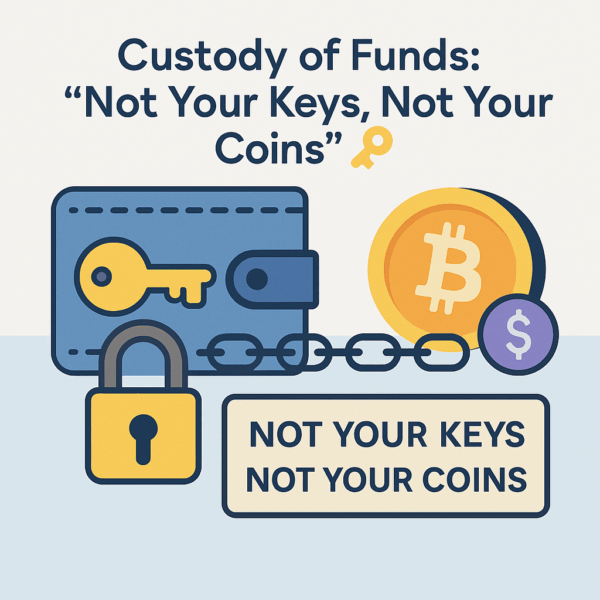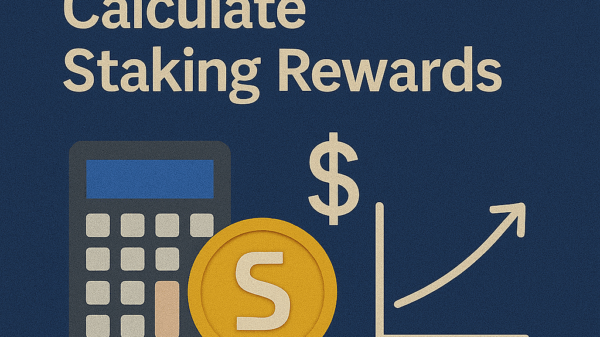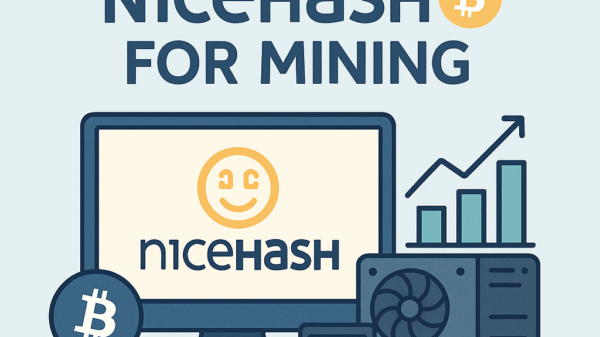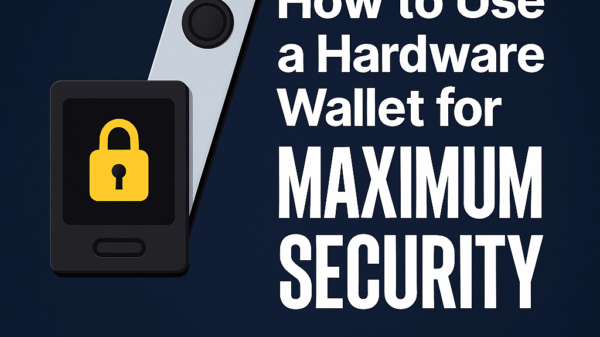How to Use a DEX vs. CEX
By Jason Miller – Crypto Writer 10.expert 🧠 Covering Bitcoin, altcoins, blockchain & Web3.
As a crypto writer and analyst, I frequently get asked, “Which exchange should I use?” The answer isn’t simple, as the crypto world offers two distinct types of trading platforms: Centralized Exchanges (CEXs) and Decentralized Exchanges (DEXs). Each has its own strengths and weaknesses, catering to different user needs, risk tolerances, and priorities.
CEXs, like Coinbase or Binance, are the familiar face of crypto. They operate much like traditional stock exchanges, acting as intermediaries and holding your funds. DEXs, like Uniswap or PancakeSwap, are the embodiment of crypto’s decentralized ethos, allowing peer-to-peer trading without an intermediary, directly from your personal wallet.
In 2025, both types of exchanges have matured significantly, offering a wide array of features. Understanding their fundamental differences is crucial for navigating the crypto landscape safely and efficiently.
Let’s dive into the core distinctions between using a DEX vs. a CEX.
How to Use a DEX vs. CEX: Centralized Convenience vs. Decentralized Control ⚖️🌐
Choosing between a CEX and a DEX depends on your priorities: ease of use, security, privacy, or asset availability. Here’s a breakdown to help you decide.
Custody of Funds: “Not Your Keys, Not Your Coins” 🔑

- CEX (Custodial): When you deposit funds to a CEX, you transfer ownership of your private keys to the exchange. They hold your funds in their wallets. This is convenient for beginners but carries counterparty risk (risk of hack, insolvency, or censorship).
- DEX (Non-Custodial): You always retain control of your private keys. Trades occur directly from your connected self-custody wallet (e.g., MetaMask, Trust Wallet). This eliminates counterparty risk but places full responsibility for security on you.
User Experience & Ease of Use 🖥️
- CEX: Generally offer highly intuitive, user-friendly interfaces, similar to online banking or brokerage accounts. They are designed for beginners and often have robust mobile apps.
- DEX: Can have a steeper learning curve. Requires understanding of Web3 wallets, gas fees, and blockchain networks. Interfaces have improved significantly but may still feel less streamlined for newcomers.
Fiat On/Off-Ramps 💵
- CEX: Their primary strength. CEXs allow you to directly deposit fiat currency (USD, EUR, GBP) from your bank account or credit card to buy crypto, and withdraw fiat from selling crypto.
- DEX: Typically do not offer direct fiat on/off-ramps. You usually need to acquire crypto via a CEX first, or use a third-party service integrated into the DEX (often with higher fees).
KYC/AML Requirements 🆔
- CEX: Legally required to comply with Know Your Customer (KYC) and Anti-Money Laundering (AML) regulations. This means you must provide personal identification (ID, proof of address) to trade or withdraw significant amounts.
- DEX: Generally do not require KYC/AML verification. You can trade pseudonymously by simply connecting your wallet, offering greater privacy.
Security & Vulnerabilities 🛡️
- CEX: Centralized honey pots, making them prime targets for hackers (e.g., Mt. Gox, FTX). While reputable CEXs invest heavily in security (cold storage, insurance), the risk of a platform-level hack or insolvency remains.
- DEX: No central point of failure for funds. However, they are vulnerable to smart contract exploits (if the code has bugs) or user errors (e.g., connecting to a phishing site, losing private keys).
Liquidity & Trading Volume 🌊
- CEX: Typically boast much higher liquidity and trading volumes, especially for major pairs like BTC/USD. This allows for large trades with minimal price impact (slippage) and faster execution.
- DEX: Liquidity can vary widely. Major DEXs like Uniswap on Ethereum and PancakeSwap on BSC have decent liquidity for popular pairs, but niche altcoins may have very shallow pools, leading to significant slippage for larger trades.
Transaction Speed ⚡
- CEX: Internal matching engines process trades almost instantly, as they don’t need to wait for blockchain confirmations for every trade.
- DEX: Every trade is a blockchain transaction, requiring network confirmations. Speed depends on network congestion and gas fees. Transactions can be slower and more variable.
Fees 💲
- CEX: Charge trading fees (maker/taker fees) and sometimes deposit/withdrawal fees. These can vary based on trading volume and VIP tiers (e.g., Binance’s 0.1% spot fee).
- DEX: Charge “swap fees” (paid to liquidity providers) and blockchain “gas fees.” While swap fees might sometimes be lower than CEX trading fees, high gas fees on congested networks (like Ethereum mainnet) can make small trades very expensive on a DEX.
Token Availability 🪙
- CEX: List a curated selection of cryptocurrencies after due diligence and compliance checks. New, very small, or highly volatile tokens may take time to be listed, if ever.
- DEX: Offer a much broader range of tokens. Anyone can create an ERC-20 (or other chain’s equivalent) token and add a liquidity pool. This means you can find highly speculative, very new, or niche tokens not available on CEXs. (But also, more scam tokens.)
Advanced Trading Features 📊
- CEX: Offer a wide array of advanced features like margin trading, futures, options, staking services, lending/borrowing, and sophisticated order types (stop-loss, OCO).
- DEX: Primarily focused on spot swapping. Some DEXs are evolving to include lending/borrowing (e.g., Aave, Compound which can integrate with DEXs) or perpetual futures (e.g., dYdX), but generally, they are less feature-rich for complex trading.
Customer Support 📞
- CEX: Provide centralized customer support channels (email, live chat, phone support). You have someone to contact if you face issues or forget your password.
- DEX: Due to their decentralized nature, direct customer support is largely non-existent. You rely on community forums, documentation, and troubleshooting yourself. Losing your private keys means losing your funds, with no recovery option.
Regulatory Environment ⚖️
- CEX: Operate within specific legal frameworks, are often licensed, and subject to regulatory oversight in various jurisdictions. This can offer a sense of security for some users.
- DEX: Operate without a central entity, making direct regulation challenging. This is a double-edged sword: it offers censorship resistance but also means less legal recourse in case of fraud or error.
Innovation & Composability 🧩
- CEX: Innovation is controlled by the exchange.
- DEX: Are highly composable (“money legos”), meaning different DeFi protocols can easily integrate and build upon each other, fostering rapid innovation in the decentralized ecosystem.
Centralization Risk & Censorship 🚫
- CEX: Being centralized, they are susceptible to government intervention, freezing accounts, or censoring transactions based on regulatory demands or geopolitical events.
- DEX: Designed to be censorship-resistant. Transactions are peer-to-peer on the blockchain, making them much harder to stop or censor by any single entity.
Ideal Use Cases ✨
- Use a CEX if: You’re a beginner, need to convert fiat to crypto or vice versa, want high liquidity for major coins, prefer a user-friendly interface, or desire advanced trading features and customer support.
- Use a DEX if: You prioritize self-custody and control over funds, value privacy, want to trade new/niche altcoins not on CEXs, want to participate in the broader DeFi ecosystem, or are comfortable with higher technical demands.
In summary, CEXs are the traditional financial bridge into crypto, offering convenience and familiarity. DEXs represent the true spirit of decentralized finance, offering autonomy and permissionless access. Many experienced crypto users utilize both, leveraging the strengths of each for different purposes.








